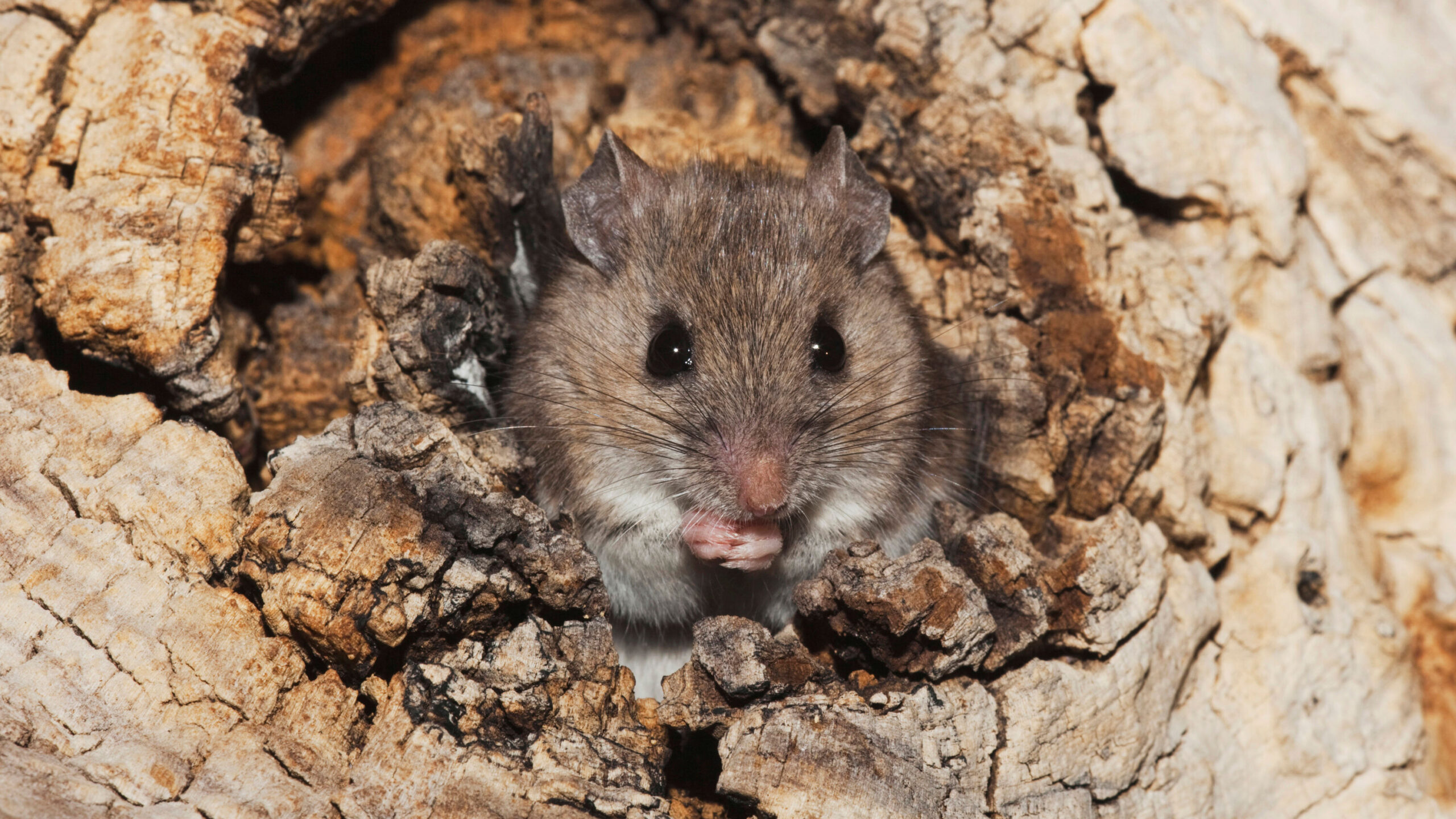Our planet is undergoing significant changes, and these transformations are impacting the spread and severity of infectious diseases across the globe. A recent study, published in Nature, sheds light on how factors such as biodiversity loss, climate change, pollution, and the introduction of nonnative species are contributing to the heightened risk of infectious diseases for both humans and wildlife.
This comprehensive analysis, which synthesized nearly 1,000 previous studies, underscores the consistent and widespread nature of these effects. It’s not just about specific diseases or ecosystems anymore — it’s a global phenomenon that affects all forms of life.
The findings highlight some expected trends, such as the role of climate change in expanding the range of diseases like malaria and the link between declining biodiversity and increased cases of Lyme disease. However, there were also some surprising revelations, notably that urbanization appears to decrease the risk of infectious disease.
The study identifies five key drivers of global change — biodiversity loss, climate change, pollution, the introduction of nonnative species, and habitat loss or alteration. Across the board, four of these drivers were associated with higher disease risk, while urbanization seemed to lower it.
Biodiversity loss emerged as a significant factor in driving up disease risk, likely due to the ‘dilution effect’, where a decrease in biodiversity leads to a higher prevalence of disease-carrying species. For example, the rise in Lyme disease cases in the United States has been linked to changes in wildlife populations.
Other environmental changes, such as the introduction of new species and chemical pollution, can also exacerbate disease risks through various mechanisms. Climate change, for instance, can alter habitats and animal behaviors, facilitating the spread of pathogens.
Surprisingly, the study found that habitat loss or alteration, particularly through urbanization, was associated with reduced disease risk. Urban areas tend to have better sanitation and healthcare infrastructure, which may limit the spread of infectious diseases.
However, it’s essential to note that these findings represent broad trends and may not capture all the complexities of individual diseases and ecosystems. Most studies only examined one global change driver, whereas real-world scenarios often involve multiple stressors acting simultaneously.
Moving forward, researchers aim to better understand how these different factors interact and influence disease dynamics. Ultimately, this knowledge will be crucial for developing effective strategies to mitigate the growing threat of infectious diseases in a changing world.















































